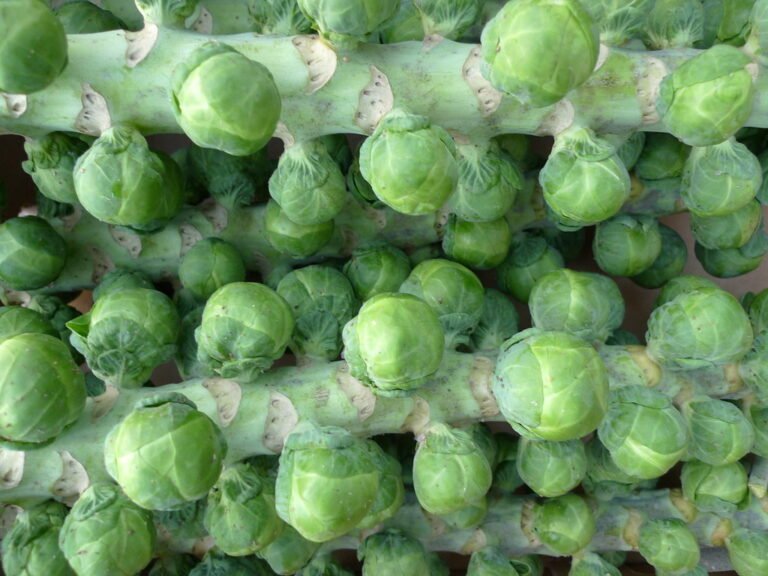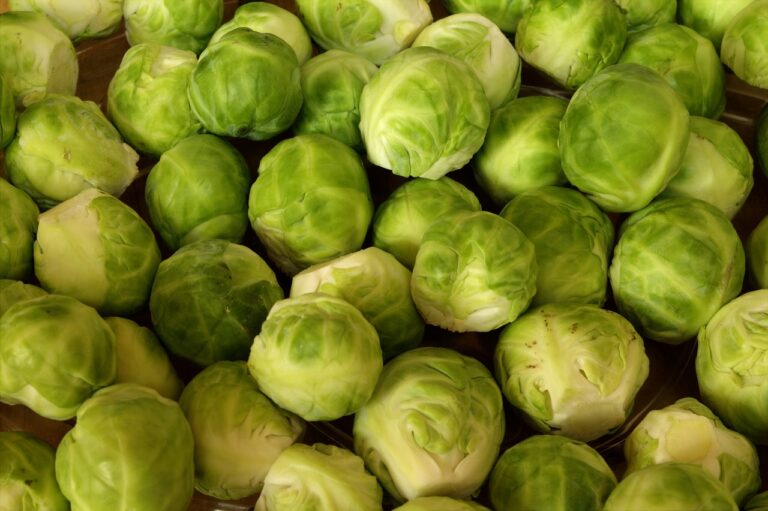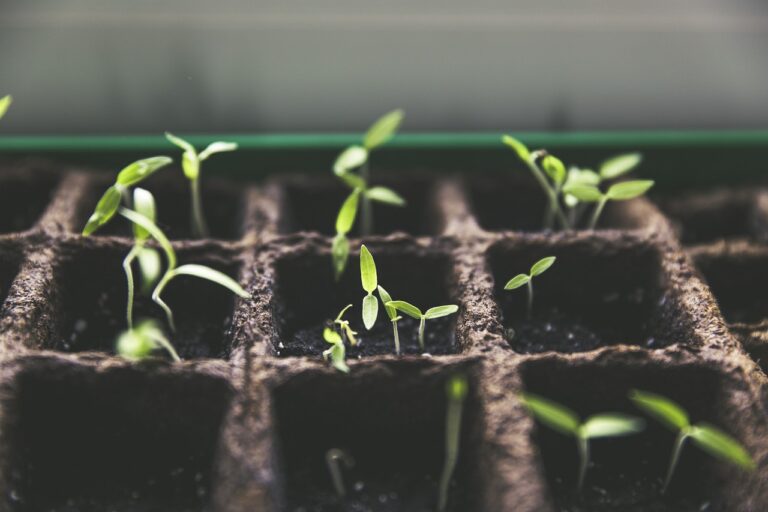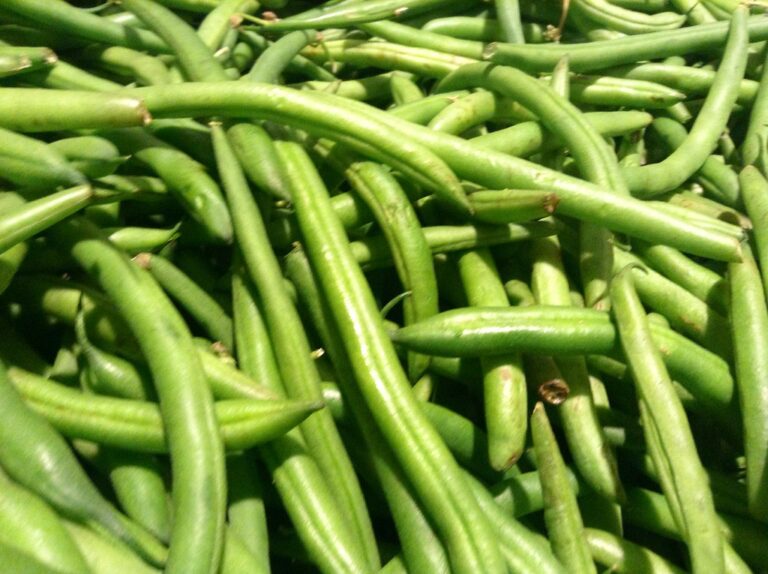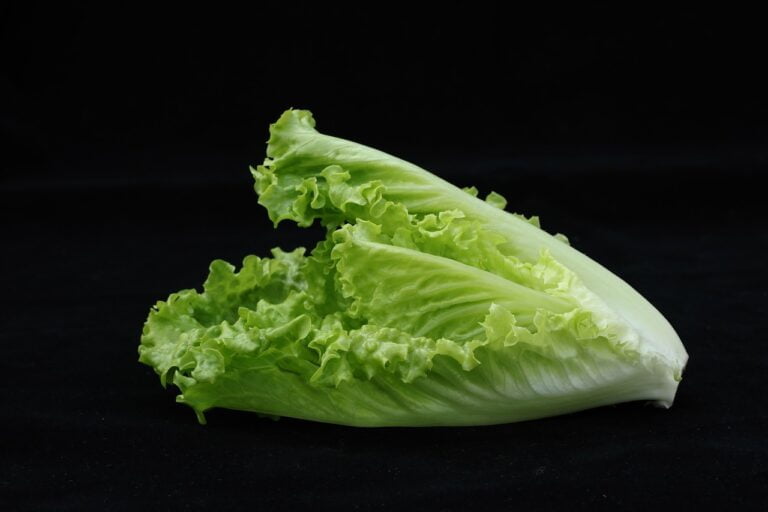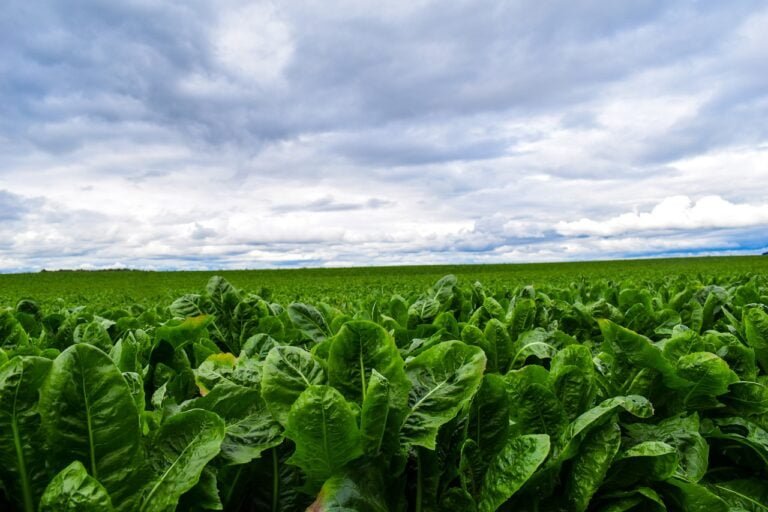Guide to Planting Onions in North Florida: Ideal Timing
Are you ready to grow your own onions in North Florida? Look no further! This guide will walk you through the ideal timing for planting onions in your region. From choosing the right varieties to understanding the climate, preparing the soil, and providing optimal care, you'll learn all the essential steps to ensure a successful onion harvest. Get ready to enjoy the satisfaction of growing your own delicious onions right in your own backyard!
Choosing the Right Onion Varieties
To ensure successful onion planting in North Florida, it is essential that you choose the right onion varieties based on their adaptability to the region's climate and growing conditions. When selecting onion varieties, consider the length of the growing season and the desired size and flavor of the onions. For North Florida, short-day onion varieties are recommended. These varieties require 10 to 12 hours of daylight to form bulbs, which is suitable for the region's shorter daylight hours. Some popular short-day onion varieties for North Florida include Texas Early Grano, Red Grano, and Southern Belle. These varieties are known for their excellent flavor and ability to thrive in North Florida's hot and humid climate. By choosing the right onion varieties, you can ensure a successful onion harvest that meets your preferences and adapts well to the region's growing conditions.
Understanding North Florida's Climate
When planting onions in North Florida, it is important to understand the region's climate and how it affects the growth and development of your onions. North Florida experiences a humid subtropical climate, characterized by hot and humid summers, mild winters, and an abundance of rainfall. The average annual temperature ranges from 60°F to 80°F, with July being the hottest month and January the coldest. The high humidity levels can create favorable conditions for diseases and pests, so it is crucial to take preventive measures. Additionally, the region's rainfall patterns can impact onion growth, as excessive moisture can lead to root rot. To ensure successful onion cultivation, choose varieties that are well-suited to North Florida's climate, provide adequate drainage, and monitor moisture levels to maintain a healthy growing environment.
Preparing the Soil for Planting
Now that you understand North Florida's climate and how it affects onion growth, it's time to prepare the soil for planting. Proper soil preparation is crucial for healthy onion plants and a bountiful harvest. Start by clearing the planting area of any weeds, rocks, or debris. Onions prefer well-drained soil, so make sure the area has good drainage. Loosen the soil to a depth of at least 8 inches using a garden fork or tiller. Break up any large clumps and remove any large rocks or roots. Incorporate organic matter, such as compost or aged manure, into the soil to improve its fertility and structure. Aim for a pH level between 6.0 and 7.0, slightly acidic to neutral. Lastly, level the soil surface and remove any remaining debris. Following these steps will provide your onion plants with a suitable environment to thrive and produce a successful harvest.
Selecting the Ideal Planting Site
For optimal onion growth in North Florida, you should carefully select the ideal planting site that meets specific requirements. The first thing to consider is sunlight. Onions thrive in full sun, so choose a location that receives at least six hours of direct sunlight each day. Next, take into account the soil quality. Onions prefer well-drained soil with a pH level between 6.0 and 7.5. If your soil is clayey or compacted, consider adding organic matter like compost to improve its texture and drainage. Additionally, onions require good air circulation to prevent diseases, so avoid planting them in areas with heavy vegetation or where water tends to accumulate. Lastly, make sure the planting site is easily accessible for watering, weeding, and harvesting. By selecting the right planting site, you'll set the stage for successful onion cultivation in North Florida.
Starting Onions From Seeds or Sets
To successfully start growing onions in North Florida, you should begin by selecting either onion seeds or sets. Onion seeds are tiny and inexpensive, making them a popular choice for many gardeners. You can start seeds indoors in late December or early January, using trays or pots filled with a sterile seed starting mix. The seeds should be sown thinly and covered with a thin layer of soil. Keep the soil consistently moist and provide good lighting until the seedlings are ready to be transplanted outdoors. Onion sets, on the other hand, are small onion bulbs that are already partially grown. They are easier to handle and can be planted directly in the ground in mid to late January. Ensure that the sets are firm and free from any signs of disease. Plant them about 1 inch deep and 4 inches apart in well-drained soil. Water the sets regularly until they are established. Whether you choose seeds or sets, with proper care and attention, you can enjoy a bountiful onion harvest in North Florida.
Transplanting Onion Seedlings
After starting your onion seeds indoors or planting onion sets in North Florida, it is time to prepare for transplanting the seedlings into your garden. Transplanting onion seedlings is a crucial step in ensuring their growth and development. Before transplanting, make sure your garden soil is well-prepared. It should be loose and free from debris. Dig a small hole for each seedling, ensuring that they are spaced at least 4-6 inches apart. Gently remove the seedlings from their containers, being careful not to damage the roots. Place each seedling into its respective hole, making sure the roots are straight and fully covered with soil. Water the seedlings thoroughly after transplanting to help settle the soil and provide moisture. Remember to keep the seedlings well-watered during their initial growth period to promote healthy root development.
Providing Optimal Watering and Drainage
To ensure the healthy growth and development of your onion seedlings in North Florida, it is essential to provide them with optimal watering and drainage conditions. Onions require consistent moisture to thrive, but overwatering can lead to rot and disease. The key is to strike a balance. Water your seedlings thoroughly immediately after planting, then water them deeply once a week, providing about 1 inch of water. However, always check the soil moisture before watering to avoid overdoing it. To promote good drainage, make sure your planting area has well-drained soil. If the soil is heavy or clay-like, consider adding organic matter like compost or peat moss to improve drainage. Additionally, avoid planting in low-lying areas that tend to collect water. By providing proper watering and drainage, you'll give your onion seedlings the best chance at thriving in North Florida's unique climate.
Fertilizing Onions for Healthy Growth
Achieving healthy growth for your onions in North Florida requires proper fertilization. Fertilizing your onions provides essential nutrients that promote their growth and overall health. Before planting, it is recommended to incorporate a balanced fertilizer into the soil. Look for a fertilizer with a nitrogen-phosphorus-potassium (NPK) ratio of 10-10-10 or 8-8-8. Apply the fertilizer evenly across the planting area, ensuring it is well-mixed with the soil. As your onions grow, it is crucial to continue fertilizing them. Side-dress the plants with a nitrogen-rich fertilizer every four to six weeks. Avoid over-fertilizing, as it can lead to excessive foliage growth and reduced bulb formation. Remember to water your onions after fertilizing to help the nutrients penetrate the soil. By following these fertilization practices, you can ensure healthy growth and a bountiful harvest of onions in North Florida.
Managing Pests and Diseases
To manage pests and diseases, it is important to monitor your onions closely and take proactive measures to protect them. One common pest that affects onions is the onion fly. These small black insects lay eggs near the base of the plant, leading to maggots that feed on the roots and bulbs. To prevent infestations, cover your onions with floating row covers or use yellow sticky traps to catch the flies. Another common issue is downy mildew, which appears as yellow spots on the leaves. To prevent this fungal disease, ensure proper air circulation by spacing your plants appropriately and avoid overwatering. Additionally, removing infected plants and disposing of them properly can help prevent the spread of diseases. By staying vigilant and taking preventive measures, you can ensure healthy and productive onion plants.
Harvesting and Storing Onions
Now that you have successfully managed pests and diseases for your onions, it's time to learn how to harvest and store them for optimal freshness and longevity. Harvesting onions is a simple process, but it requires careful attention to ensure you don't damage the bulbs. When the tops of the onions start to turn yellow and flop over, it's a sign that they are ready to be harvested. Gently loosen the soil around the bulbs and pull them out by hand, being careful not to bruise or cut them. Once you have harvested your onions, it's important to cure them before storing. Lay them out in a single layer in a well-ventilated area for about two to three weeks, allowing the outer layers to dry and the skins to toughen. After curing, trim the tops and roots, leaving about an inch of stem. Store your onions in a cool, dry, and dark place, such as a basement or pantry, in mesh bags or crates that allow for airflow. Properly stored onions can last for several months, providing you with a delicious and versatile ingredient to enhance your meals.
Conclusion
In conclusion, planting onions in North Florida requires careful consideration of the right onion varieties, understanding the climate, preparing the soil, selecting the ideal planting site, starting onions from seeds or sets, providing optimal watering and drainage, fertilizing for healthy growth, managing pests and diseases, and finally harvesting and storing the onions. By following these steps, you can successfully grow onions in North Florida and enjoy a bountiful harvest.

